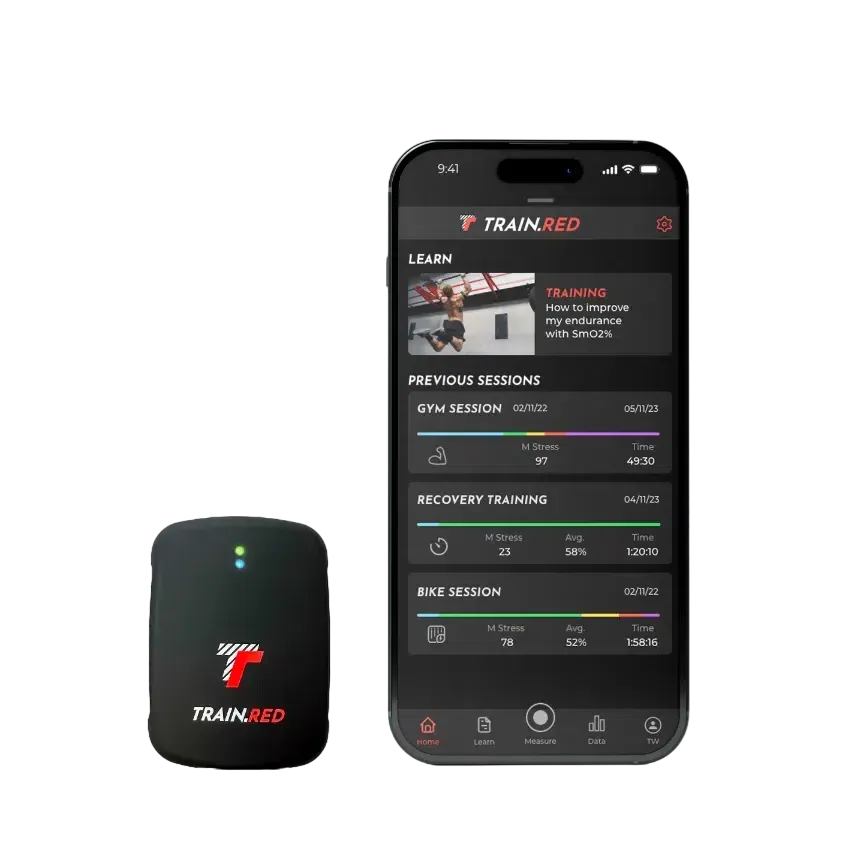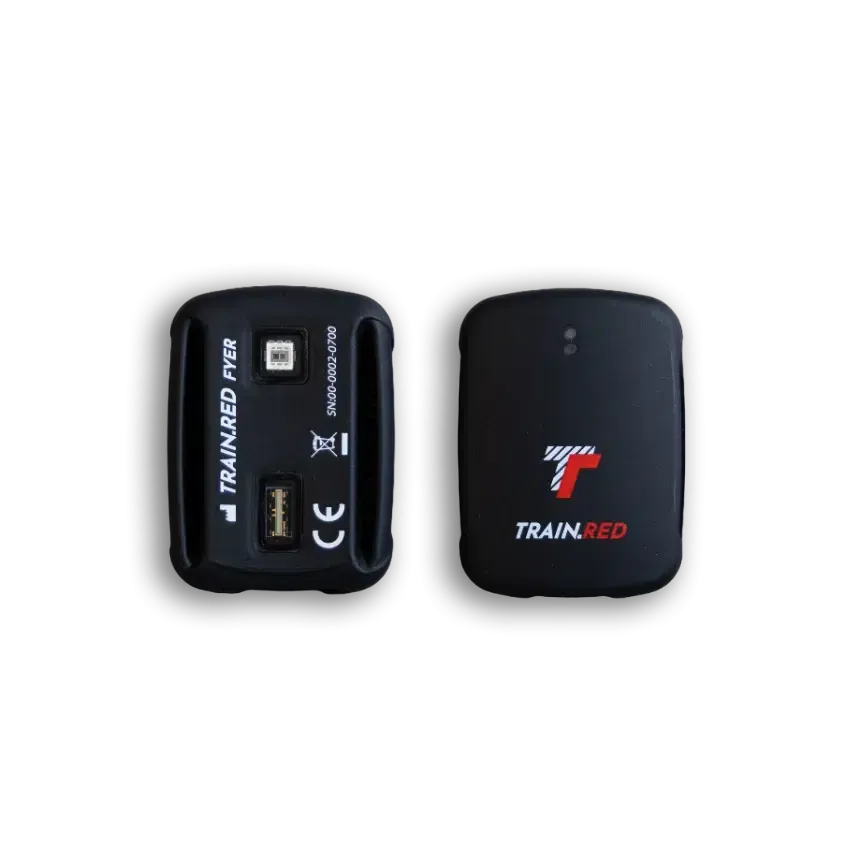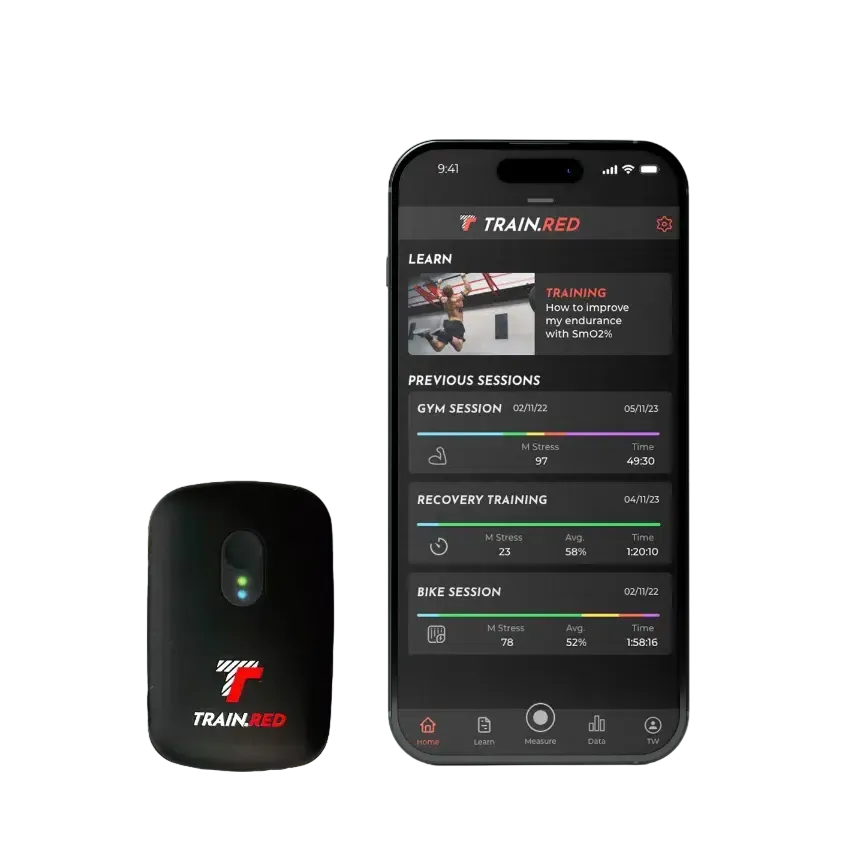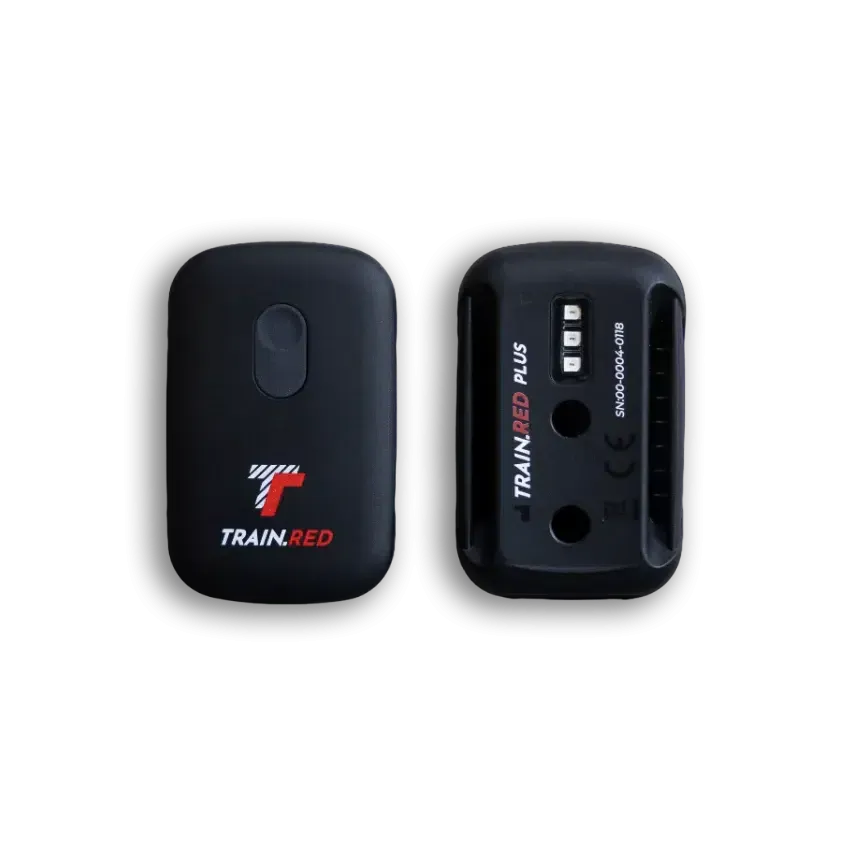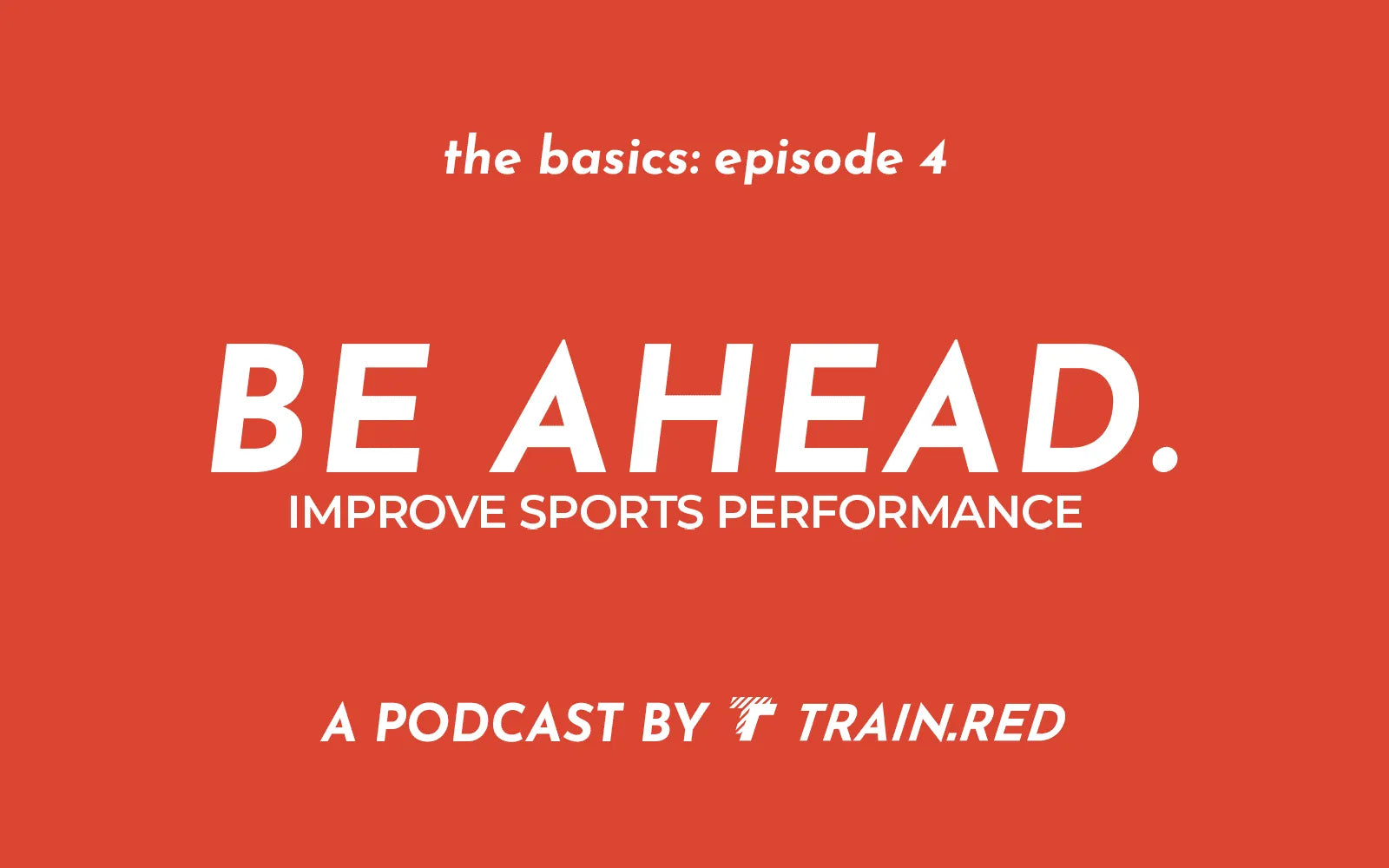
BE AHEAD. podcast EP4: what defines being fit?
In this episode of the BE AHEAD podcast, Kim and Jeroen discuss the topic of being fit and healthy. They explore the definition and measurement of fitness, focusing on VO2Max as an indicator of hea...
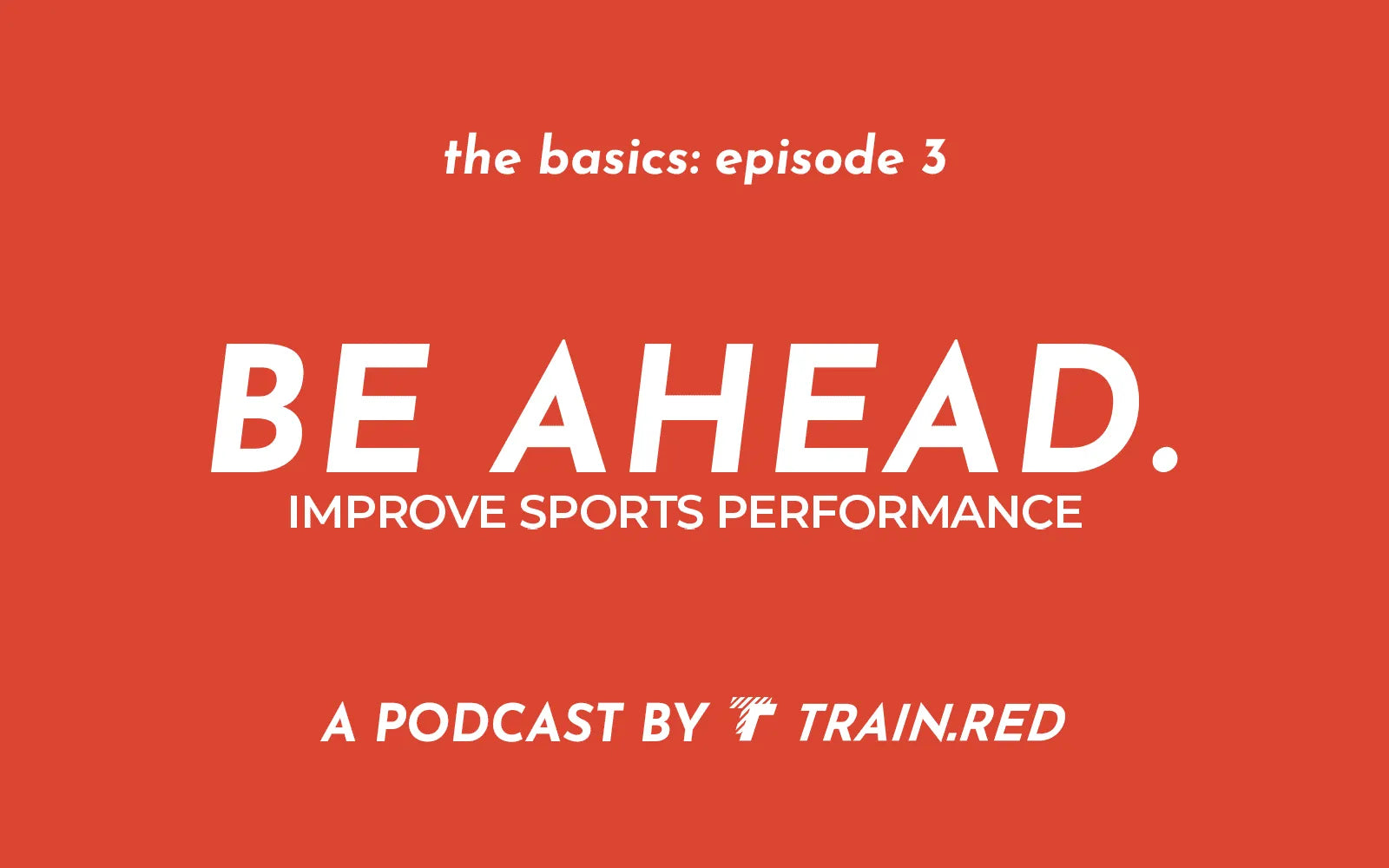
BE AHEAD. podcast EP3: VO2Max and VO2Peak explained
In this episode the hosts Kim and Jeroen discuss VO2Max. It is the maximum amount of oxygen a person can consume during exercise and is a measure of cardiorespiratory fitness. It indicates how effi...
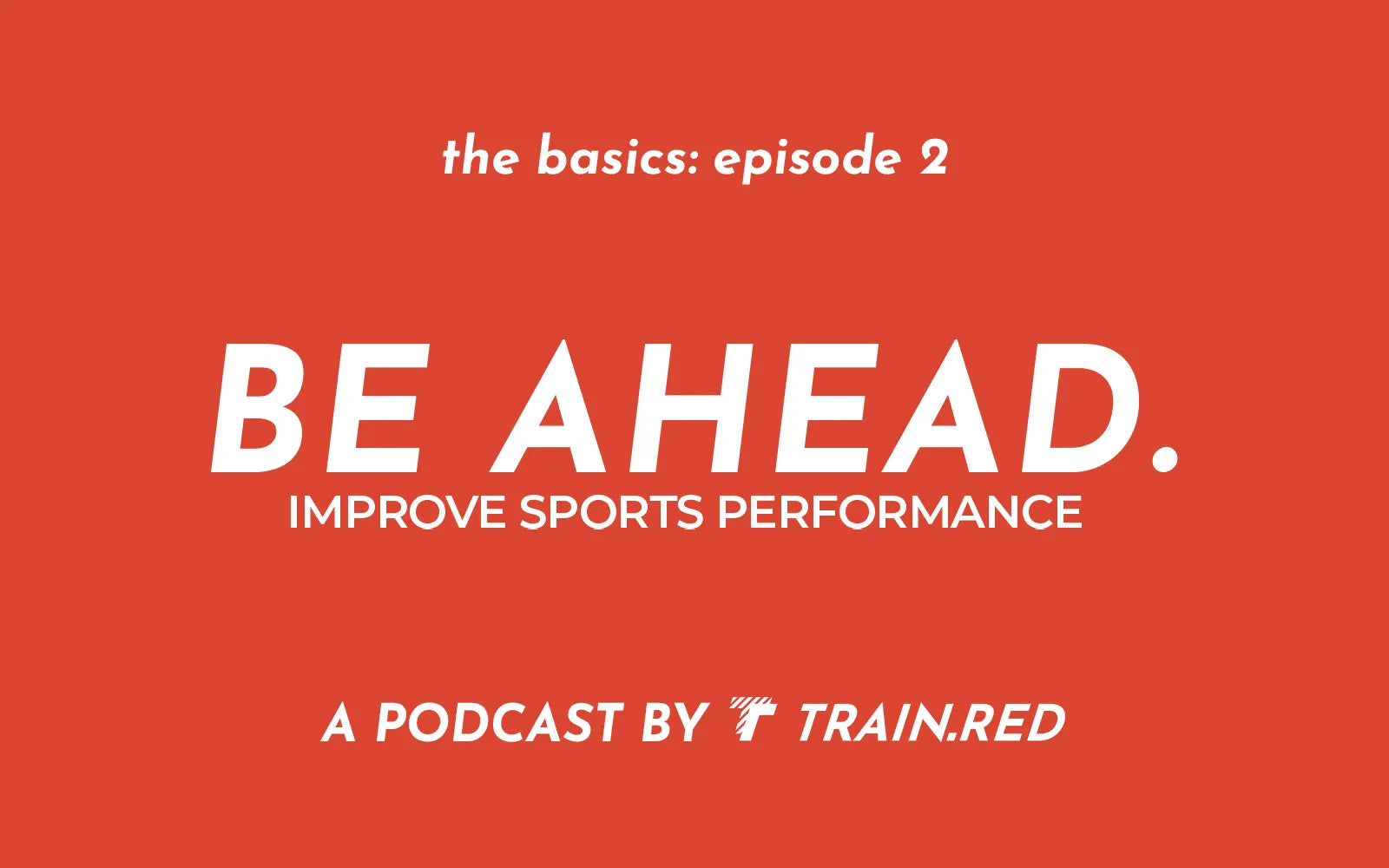
BE AHEAD. podcast EP2: NIRS applied in sports
In this episode, hosts Kim and Jeroen discuss Near InfraRed Spectroscopy (NIRS) and its application in sports and fitness. They explain that NIRS sensors, like the FYER from Train.Red, can measure ...
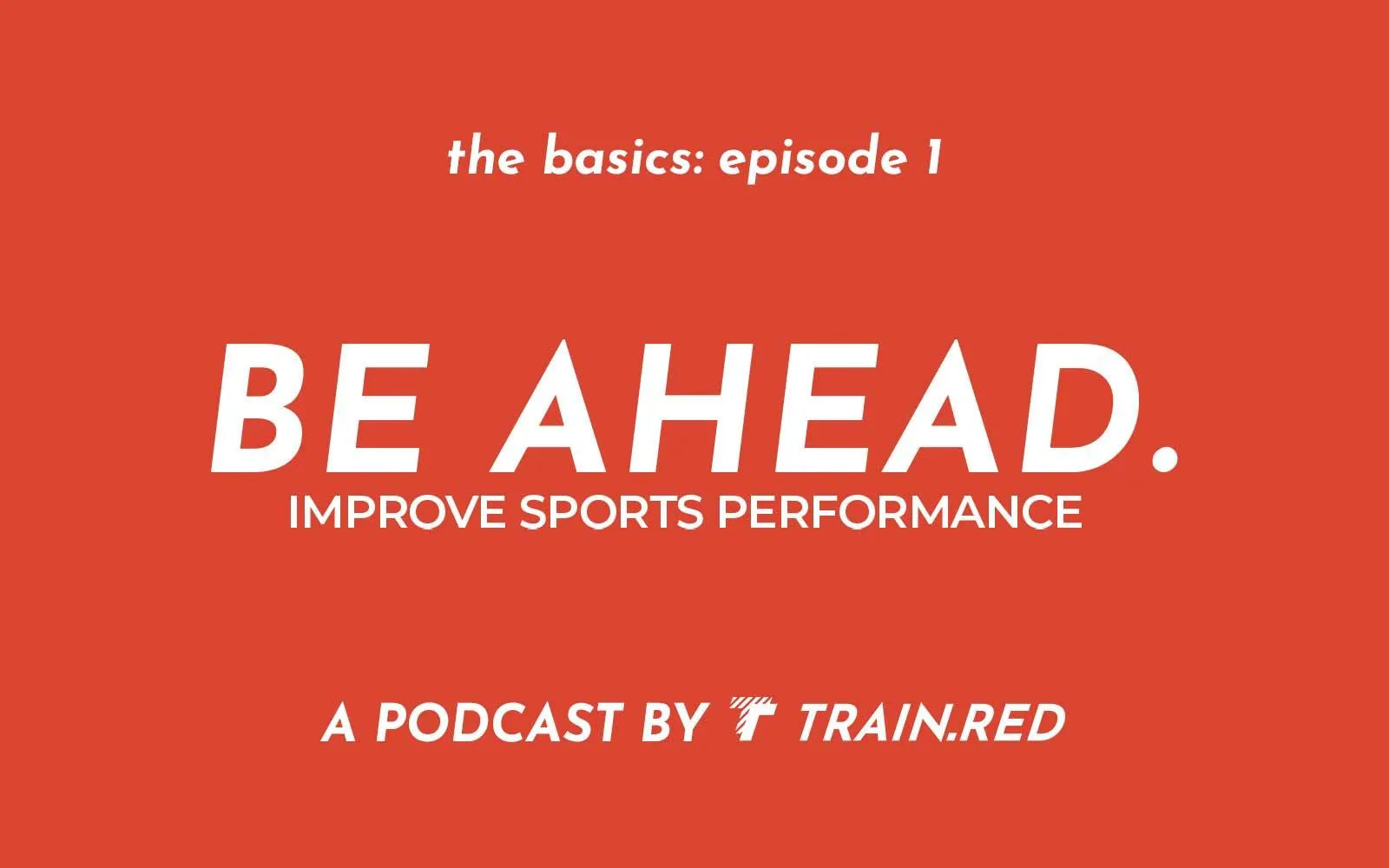
BE AHEAD. podcast EP1: NIRS explained
In this episode of the BE AHEAD podcast by Train.Red, the hosts Kim and Jeroen discuss Near InfraRed Spectroscopy (NIRS). NIRS is a way of measuring the oxygenation or de-oxygenation of tissue, spe...
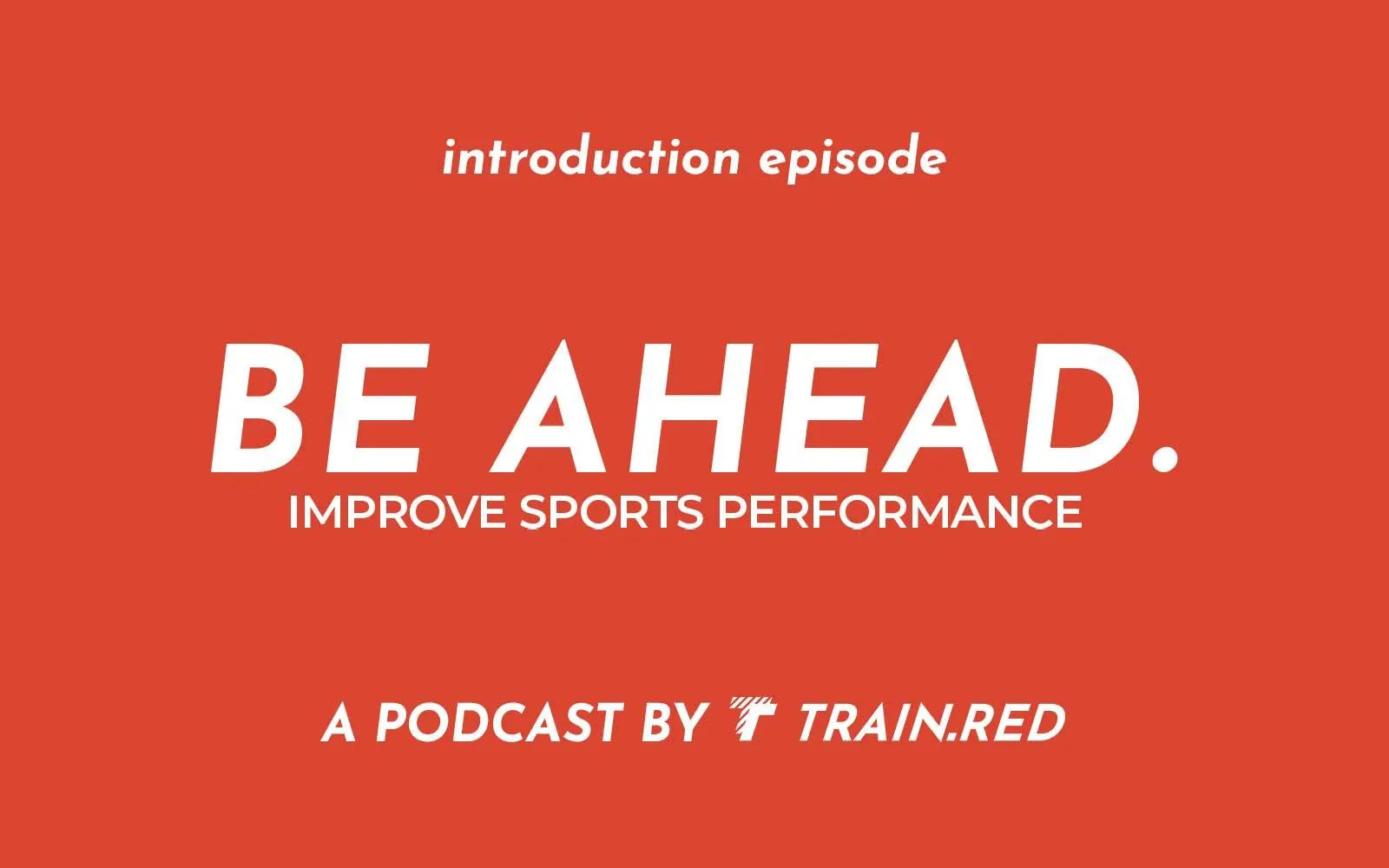
The start of the podcast BE AHEAD.
The BE AHEAD podcast, hosted by Kim ter Stege and co-host Jeroen Molinger, aims to provide knowledge and insights on improving athletic performance. They discuss topics such as muscle potential, sc...

